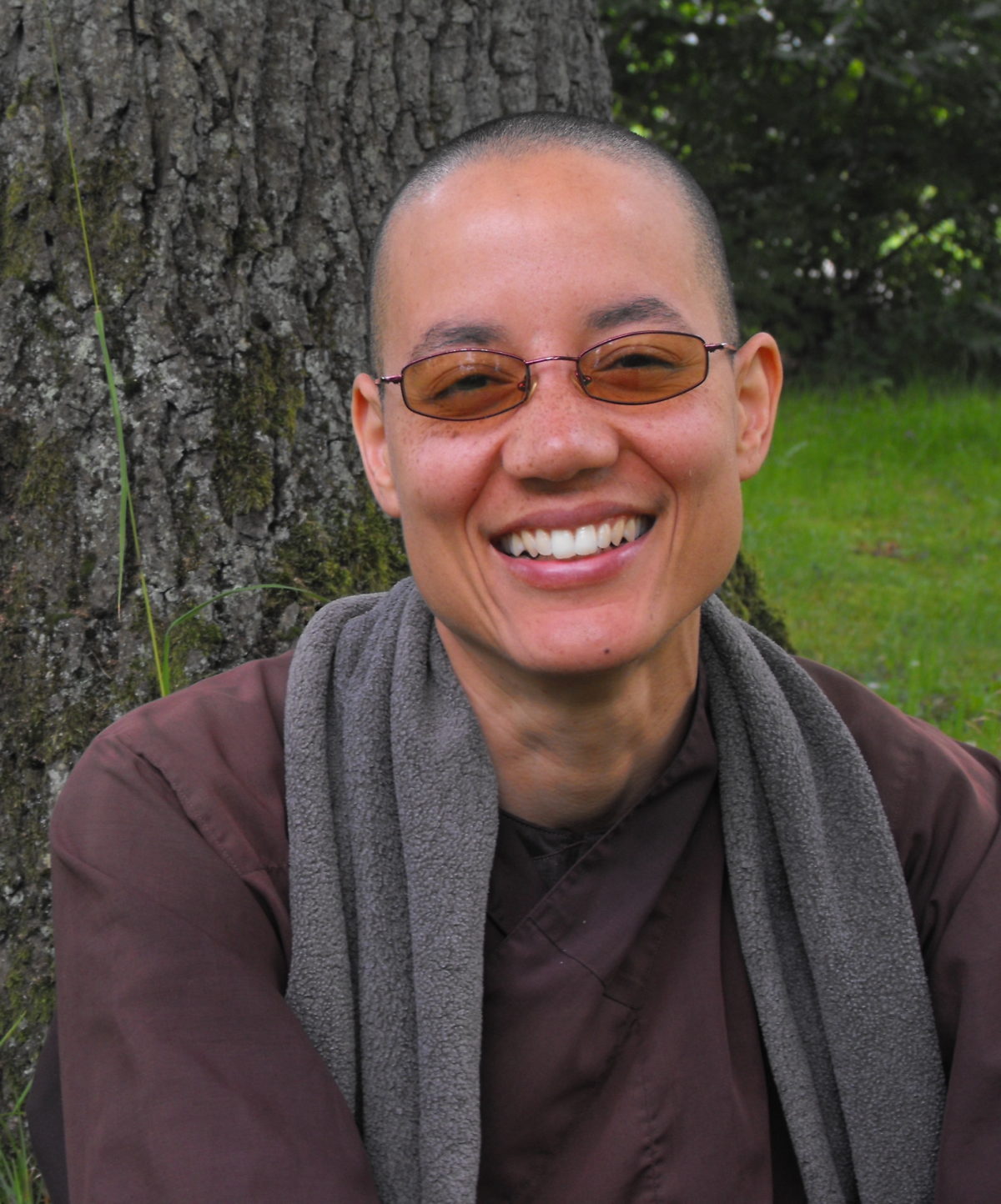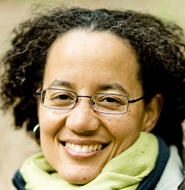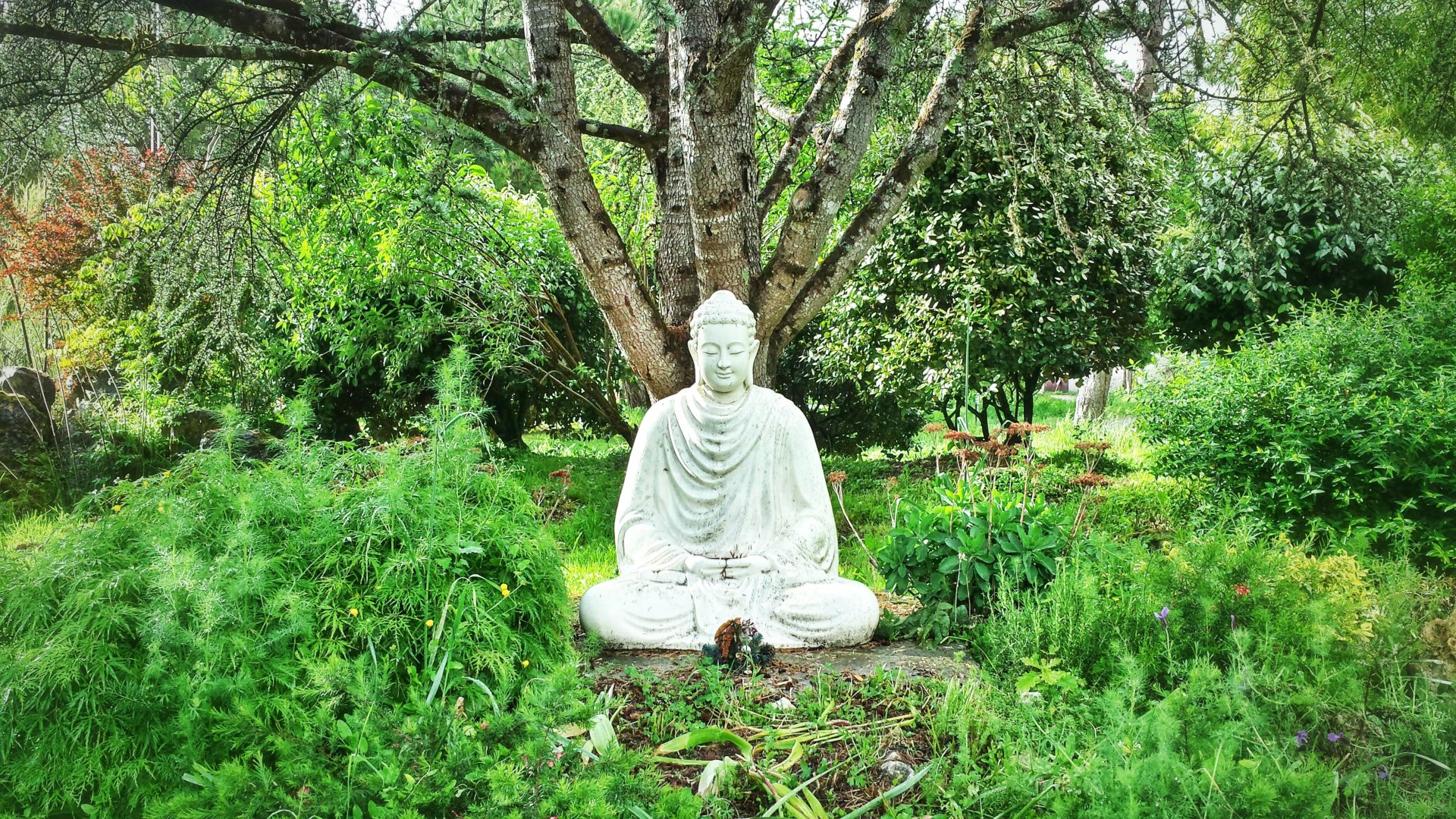By Kaira Jewel Lingo in October 2014
May 27, 2014
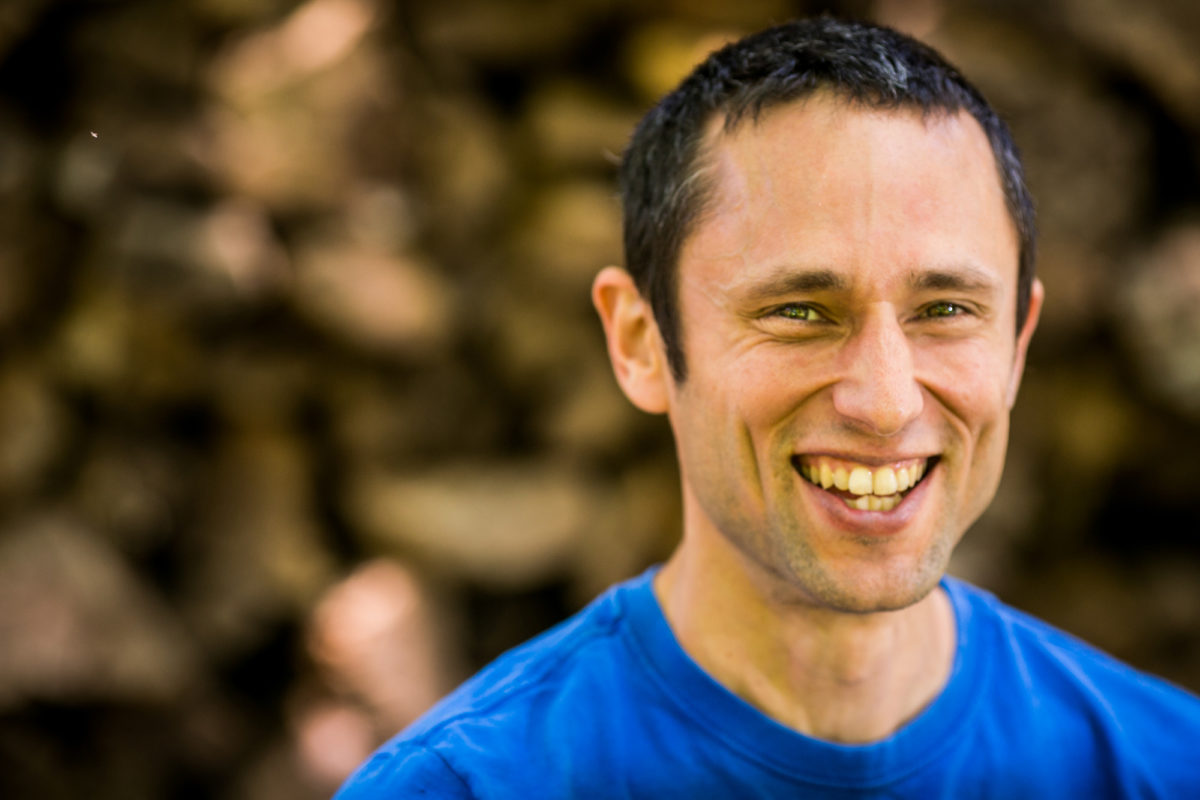
Charles Eisenstein is an author, public speaker, and self-described “degrowth activist.” He has written six books, including The Ascent of Humanity (2007), Sacred Economics (2011), and The More Beautiful World Our Hearts Know Is Possible (2013). In his latest book, he speaks of the old “Story” our civilization is built on,
By Kaira Jewel Lingo in October 2014
May 27, 2014

Charles Eisenstein is an author, public speaker, and self-described “degrowth activist.” He has written six books, including The Ascent of Humanity (2007), Sacred Economics (2011), and The More Beautiful World Our Hearts Know Is Possible (2013). In his latest book, he speaks of the old “Story” our civilization is built on, the “Story of Separation,” which has led to intense suffering, alienation, environmental degradation, and poverty. He writes, “The new Story of the People, then, is a Story of Interbeing, of reunion. In its personal expression, it proclaims our deep interdependency on other beings, not only for the sake of surviving but also even to exist. It knows that my being is part of your being. In its collective expression, the new story says the same thing about humanity’s role on Earth and relationship to the rest of nature. It is this story that unites us across so many areas of activism and healing. The more we act from it, the better able we are to create a world that reflects it. The more we act from Separation, the more we helplessly create more of that, too.”
Sister Jewel: A number of us in the Plum Village community have been reading your book, The More Beautiful World Our Hearts Know Is Possible, and we really resonate with what you’re sharing. Several of us wonder what have been the main influences on your thinking. Are you an undercover Buddhist? Have you studied Thich Nhat Hanh’s teachings, or how did the term “interbeing” come to you?
Charles Eisenstein: I think the term “interbeing” has cropped up in a lot of places. I’d been using it for a while, and then someone told me that Thich Nhat Hanh coined the term, so I’ve been giving him credit for it. It’s in the atmosphere, because it’s just so true, and the time for that truth to be revealed to mass society is here.
It’s like in those French bakeries where they don’t need to add yeast to the dough, because the yeast is so ambient in the air that the dough gets quickened whether or not you add yeast to it. Many people, even without doing a whole lot of study and reading, are coming to the same kinds of conclusions and perceptions about the world as I am.
I was influenced early on by Wendell Berry, E. F. Schumacher, Rachel Carson. When I was twenty-two, I read Chögyam Trungpa’s Cutting Through Spiritual Materialism, which saved me a lot of time—short-circuited the journey through spiritual ego. I lived in Taiwan for nine years, where Buddhism and Taoism were in the air. If I were a closet anything, I’d probably be a closet Taoist. But all of the religions in their esoteric expression are drawing from the same water table. And the water table is rising, and new springs are flowing.
SJ: I appreciate what you have shared about non-doing, and that if we don’t know what to do, the best thing is to be still and let our inspiration, our insight come from quiet non-action. You’ve also shared that our feeling of urgency is a manifestation of scarcity, and it’s another arm of the “Story of Separation.” I’m wondering if you would say that many of our global problems would be solved by more people learning to stop the constant busyness and doing, and to find ease and connection with themselves, with people, with the Earth. That it’s as much an inner journey of peacemaking, of reconciliation, as an outer one.
CE: I think it’s both. So much of our politics is stuck in patterns of response that aren’t working. When student performance is declining in schools, we implement more controls, more testing, more “accountability,” more rigor. And then it doesn’t work. So we respond by applying even more of those things, from security systems to control of students’ behavior through pharmaceutical drugs. That’s a situation in which doing is only making things worse. It doesn’t mean that there isn’t something else that we could do, but how do you get to that something else? You may have to go through a phase of de-programming, letting go of old habits, coming to stillness, before you can even see what the pattern of action was, and what alternatives there might be.
I’m not prescribing non-doing as a universal response to our problems. Sometimes it’s the opposite. Sometimes, something obviously needs to be done, but we’re afraid to do it. And we retreat into a spiritual or meditative state that we fancy up by calling it mindfulness, but really it’s an unhealthy detachment and a shrinking back from life.
But culturally, it’s much more common to be trapped in habits of reaction, whether on a systemic level or on a personal level. That’s where the non-doing comes in, which is something that we don’t really have room for. When we do it, we do it in a guilty way. I think that it’s something we need to embrace as part of the creative process.
Beyond Duality: Activist Work, Spiritual Work
SJ: You speak about the need to hold both approaches, actively ready to respond with this inner transformation, as well as externally with activism in the world. I’m interested in this changing of habits, which needs to happen individually and collectively, and the idea that it’s really about changing our fundamental story of how things work. That feels like deeply spiritual, psychological work. But I don’t want to jump into dualism. Could you speak to how to hold the two, and where the changing of habits comes from?
CE: This duality between inner transformational work and work in the world comes, in part, from an understanding of self in which there is a clear distinction between what’s internal and what’s external. But from the understanding of interbeing, that dualistic understanding of self versus other begins to fall apart—and along with it, falls apart the distinction between inner transformational work and work in the world.
When you understand that everything happening in the world mirrors something that’s happening in yourself, then you can work on the self by working on the external manifestation of that thing in the world. And in fact, there may be no other way. You can sit in meditation for a long time and be blind to huge wounds in yourself, and it’s only when you’re engaging with the world that the wounds become visible, externalized.
It’s not like activist work is a nice add-on to what’s really important, the spiritual work. The two are inseparable and it goes both ways. Many people are hardcore activists for decades, and they encounter burnout, futility, or a feeling of imbalance. Sometimes they need to go so far as to drop their activism and go on a spiritual journey. They’re realizing that all the stuff they’re trying to change in the world isn’t just out there in the world. It’s in them, too. And as long as they’re blind to what’s in them, they’re going to continually re-create it in all that they do.
SJ: In engaged Buddhism, we have retreats for activists. Thich Nhat Hanh has said our particular community has much to offer the work of social transformation through providing a place for activists to refresh themselves so they can continue to do their work. Many readers of this magazine are activists, but we are a community because of our spiritual practice—that’s our focus, our strength. I wonder what you might say to those who are focused on their spiritual practice.
CE: As a starting point, I would ask: What is a spiritual practice? For one thing, what are you practicing for? Why is it called a practice? What are you practicing? And the second thing is, what does “spiritual” mean? So, both words: “spiritual,” “practice.” What do you really mean by that?
The word “spiritual” normally means something that’s distinct from the fleshly or the material. It’s not of the world. But that version of spirituality is bankrupt today. It had its use when the program of science divested matter from the qualities that we would describe as spiritual—the qualities of a self, or of a being. When science divested the world of those qualities and made it into just a thing, rather than a self, it gave us license to treat it as just a thing, and not as something sacred, conscious, alive, intelligent. So this is tied into the whole trajectory of our civilization.
But now, that understanding of world-as-thing, as purposeless, mundane, profane, etc.—that understanding is falling apart, both because it’s practically not working anymore—it’s creating a crisis that’s becoming harder and harder to ignore, and climate change is one example of that—and it’s also breaking down from within science. The discoveries of the last couple decades are showing that properties of a self do actually inhere in matter, that matter seems to have properties of self-organization and life, even intelligence, consciousness. I can’t say that science has proved these things, but it at least suggests the possibility. As we re-invest the world with sacredness, “spiritual” comes to mean something very different. If only a human being has these qualities, then spiritual work is inner. It’s all about your own consciousness. But that’s no longer the case. This dualism is falling apart.
You could conceive spirituality as the study of the immeasurable, of the qualitative. But that’s very different from the way we typically use the word. A spiritual person, in the popular conception, is somebody who’s kind of aloof from the world, introspective, meditating, communing with non-material beings. That’s the spiritual realm, and we elevate it above the material realm. What’s more worthy, what’s more admirable? Who’s the one who has done this hard work on the self, and has done a lot of “practice”? That’s the spiritual person. Even if we profess to be non-judgmental, there’s an inherent judgmentality and hierarchy in which the spiritual person, the conscious person, the mindful person, is more developed than the typical truck driver or waitress or heroin addict. This is a red flag, another problem built into the concept of spirituality that I think we need to examine. I’m not saying that there isn’t some axis of human development along which one progresses through the pursuit of what we call spiritual practices. But it’s not the only axis of development.
The truth is that every person you meet is in some way more developed than you are, and that the multiple modes of development that a human being can pursue require the whole of humanity to pursue. We’re in this together. Enlightenment is a collective effort, and that’s why you have a Sangha, maybe. Once you accept that, then you can say, what particular mode of development are we drawn to (without valorizing it beyond some other mode of development)? What gifts do we have? What are we offering, in humility, to the rest of the world?
SJ: Right, like one fruit in a fruit salad.
CE: Right.
Part of the old story is conquering nature, conquering the self, conquering the inner nature, conquering the inner wild.
So I instead ask: What makes me feel alive? What is the
expression of my inner wild?
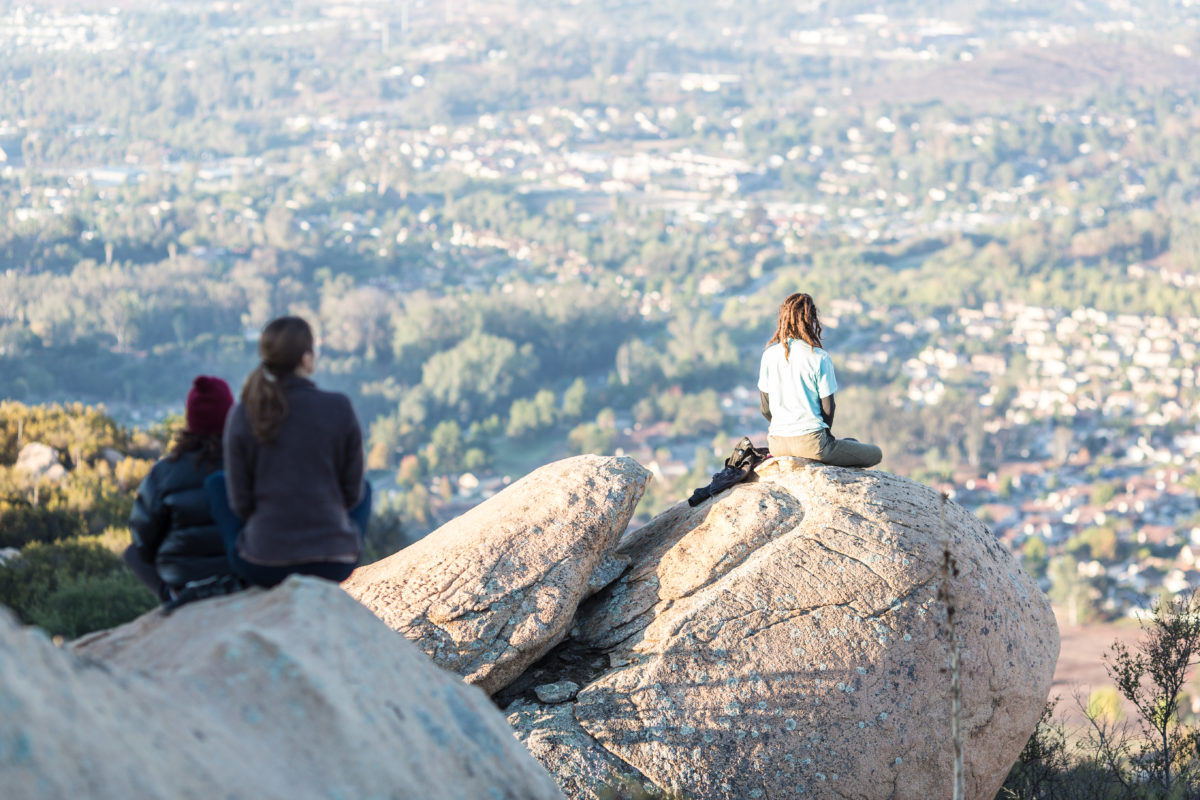
A Change of Heart
SJ: The spiritual practice in the Plum Village tradition is about transforming ourselves and the world. Those are very much the same thing. And that can only happen through a collective awakening, as you shared. Where do you see us on that journey? Where do we need to put our energy—particularly in terms of important things people need to be doing, in response to climate change? And how can we help more people arrive at this understanding? How can we support more of us to awaken?
CE: I’ll start with where we are right now. The map that I’ll use is this birthing process, this kind of profound transition that we’re going through, where the old narratives, the old story, the old mythology is wearing thin, beginning to fall apart. And as it does so, people hold on to it even more tightly. They haven’t let go and won’t let go until it becomes simply impossible to hold on to it anymore. And we’re nearing that time, but not yet. Right now you can still pretend everything’s normal, even though it’s greatly hollowed out.
Narratives that were taken for granted when I was a kid—for example, the triumphalist view of technology—are still there, but they don’t have the same depth and fervor anymore. Even the makers of the propaganda don’t fully believe the propaganda. The surface structures are more frozen than they ever were, but the core is hollowing out, and it’s becoming very fragile. People don’t believe in the system anymore. But they’re still going along with it because, one, they don’t know what else is possible, they don’t even know anything else is possible. Secondly, everybody else is doing it. So they go through the motions.
What can we do to change that? We can make it easier for people to let go. A lot of our political discourse, even as environmentalists, has the opposite effect. The narrative of blame, of trying to guilt people into changing, bribe them psychologically into changing, scare them into changing—those things make people more defensive and make them grab on even more tightly to the story of “everything’s fine, the scientists will find an answer, it can’t be that bad.” People grab on to those enabling delusions more tightly when threatened.
What makes you care about nature, about the planet? Is it really that you’re afraid of what’s going to happen if you don’t take care of it? Or is it that you actually love the planet, and regardless of your self-interest and regardless of its instrumental use to you, you want to take care of it?
I think people become environmentalists through experiences of beauty and grief. There was that pond that you visited when you were a child, and there were frogs and turtles. You go back there and it’s dead now. The forest you went to, now there are bulldozers, now it’s a strip mall. These experiences of beauty followed by grief affect us more than learning that CO2 levels are now 400 parts per million.
We have to create conditions where people feel safe to feel and to care. That goes against a lot of our programming about how to make something change in the world. Sure, sometimes you can pressure people into changing, you can force them, but the powers-that-be have more force than we do. I don’t think we’re going to win in a contest of force. I think we need to induce a change of heart. The narrative of “us versus them” is ultimately part of the problem. The perception that the way you solve a problem is by conquering evil—that’s part of the problem. That’s what we have to let go of.
Traditional activism, which is about overcoming the latest bad guy, isn’t deep enough. It just brings us another version of the same.
There was that pond that you visited when you were a child, and there were frogs and turtles. You go back there and it’s dead now. The forest you went to,
now there are bulldozers, now it’s a strip mall. These experiences of beauty followed by grief affect us more than learning that CO2 levels are now 400 parts per million.
Deeper than Divesting
SJ: In light of not using “us versus them,” I’m thinking about those in the Civil Rights movement. They did not have more force than those in power. They had a moral power, grounded in a spirit and a practice of interbeing. As Dr. King said, the aim was not to have victory over white people, but rather to transform their hearts and minds so that they would also become free in the process, creating a victory for everyone. It came about through the use of moral force—a belief that segregation and discrimination were wrong, and people were willing to put their lives on the line. And the international boycott of South African apartheid was a big “no” to a force of injustice. How do you, for instance, challenge fossil fuel companies that are responsible for so much environmental degradation and injustice?
CE: The Civil Rights movement was mostly a nonviolent movement. What made the movement successful was that people were willing to die for what they believed. They were willing to make personal sacrifices. And it wasn’t force that won the day in South Africa. What are you communicating if you’re confronting a power that has more force than you? If you are challenging them to a contest of force, setting the rules of the game as such, you’re probably going to lose.
We can’t change the fossil fuel companies’ behavior in isolation from the rest of the industrial system. As long as they have customers, they’re going to continue to operate, whether or not we divest of their stock. However, divesting might be helpful in terms of disrupting the story that what these companies do is perfectly okay. This situation differs from apartheid in a key regard though: racial equality in South Africa was no threat whatsoever to capitalism as we know it. Ending the fossil fuel era is a much deeper change. I’m not sure if the same tactics will work.
Personally, even if I had money to invest I wouldn’t invest it in oil companies—or their bankers, suppliers, customers ... really that means the whole stock market. I’m not opposed to divestment, but I think by itself it won’t get very far, because it runs up against structural economic forces. The demand is still there, the fossil fuel infrastructure is still there. Where I would like to see our political energy go is to stop ecocide on a local and bioregional level. Each new energy project involves horrible abuse of mountaintops, groundwater, forests, etc., because all the easy resources have already been extracted.
SJ: And what about when a lot of people divest, or target one company?
CE: Are you going to divest in the banks and pension funds? Plenty of people are willing to invest in stock of those companies. You can argue that when a lot of people divest, it makes the stock price artificially low, which makes their price-to-earnings ratio more favorable, which makes it a better investment for the people who don’t give a damn—and is it really going to change corporate behavior? It begins to create a climate of opinion, but when that climate of opinion is antagonistic, the result might be that the corporate executives will retreat even more into their own self-justifying narratives. I’m not convinced that it’s in fact a strategy.
I am certainly not proposing that we wait passively for the people in power to change their minds. I think we need to be confrontational, to expose the truth in ways that are uncomfortable and that, yes, require courage. What I caution against is using hateful rhetoric to inspire action, and I see a lot of that today. We must understand that when we propagate a narrative of “the people in power are doing awful things because they are awful people,” we divert energy for systems change onto these demonized individuals, thereby enabling and perpetuating the system. Even worse, we strengthen the underlying field of hatred, dehumanization, and conquest. It certainly doesn’t engage what allows people to do courageous things and to commit deeply, which is the experience of beauty, love, grief.
What is a spiritual practice? For one thing, what are you practicing for? Why is it called a practice?
The Interpersonal Is Political
SJ: How do we support people to have this experience of beauty and grief? What’s your experience of how to create that deeper, more inner turn towards being in touch with what they love about this planet?
CE: One way is to provide actual experiences in nature, and to share, “Here’s what moves me, here’s what hurts me.” The less blame you infuse it with, the more able people will be to hear.
On a deeper level still, you could ask: Why are people attracted to narratives that justify the terrible things that we’re doing to the planet? Why are people attracted to narratives of control and fear and hunting down the terrorists, and this uncaring attitude toward nature? These come from what I call the perceptions of separation and the experience of separation, the experience of alienation, the experience of scarcity and anxiety and competition, and a world in which everybody is out for themselves and nobody cares.
Sometimes people will have a heart attack or some devastating personal loss, and after that, their political views change completely, and their behavior changes completely. It’s not because somebody persuaded them to look at the graph on CO2 and temperature, and they finally saw the evidence and were persuaded. Something else changed that allowed them to see and to hear. What is that something else? How can we cultivate that in people without them having to go through a heart attack?
It could be to give them experiences of unconditional love or forgiveness or generosity. Humor, camaraderie, fellowship. This is yet another confluence of the activist and the spiritual. The interpersonal things we do change the substructure of our systems. They are political.
Based on their calculable results, none of our actions are going to have much effect. How much of an effect is it going to be for you, singly, to divest? Or to write letters to your pension fund to divest? Or to be in a protest? You, one person, more or less, doesn’t matter. It is important to engage in protest and resistance, and we have to have another reason to do these things, aside from the calculable utility. For me, such reasons include: because I feel more alive doing it, because I like to align my energy and resources toward that which is beautiful to me, because I know that all actions have cosmic significance and that any act of love or compassion or service strengthens the field of those things.
Maybe that brings us back to non-doing. Stepping back. Processing where we’ve been, digesting it, integrating it. And then from the empty space, new and imaginative actions can arise.
SJ: And making it fun! We have a Wake Up Sangha of young adults, and they organize flash mob sitting meditations in public places all over the world. That relates with what you said about helping people touch experiences of forgiveness, of unconditional love, of togetherness, of belonging.
You speak so beautifully in the book on the importance of joy and inspiring people, not with guilt, but to celebrate life. Do you have ideas for creating this new paradigm with joy, with delight? What kind of personal and collective ways do you engage in to bring in this new story of interbeing with humor and happiness?
CE: Everybody has different ways to bring joy to others, and I think you can only do that to the extent that you’re a joyful person yourself. Part of it is embracing and validating what makes you joyful.
A woman recently told me a story about her descent into chronic fatigue. She was sleeping sixteen, eighteen hours a day, and feeling more tired when she woke up than when she went to bed. Sometimes she was unable to even lift her arm—that is how fatigued she was. She really wanted to go to a workshop, but she thought, “I can’t go, I’m too fatigued! I’ll never be able to make it through.” But she went anyway. And when she was there, she felt much less tired. So she decided, “Maybe if I continue to follow what I really want to do at all times, I will feel less tired.” This was her spiritual practice—to only do the things that she wanted to, and to not make choices based on anything else. That is an embracing of pleasure, of joy, of good feelings.
Traditional spirituality often made those the things to overcome. It said you couldn’t just indulge in your desires; that would be selfish. Anyone who has been in a spiritual community recognizes the dangers of this kind of joyless spirituality, where everything is somber and heavy and serious. We recognize that as kind of a trap, a false path.
I can’t give a formula for how to spread joy, but I know that the source of the joy is one’s own joy, and that that is not distinct from pleasure and fulfillment of desires. Part of the old story is conquering nature, conquering the self, conquering the inner nature, conquering the inner wild. So I instead ask: What makes me feel alive? What is the expression of my inner wild? What would really feel good? What if what makes me feel alive leads me toward the deeper joys, which are found in generosity and service, in creating things that are beautiful to me? Maybe the world needs more of that. How many petroleum company executives are doing their work because it’s beautiful to them? Not very many, I bet.
SJ: The idea about story is key here. Shifting the story has an effect immediately on your body, on your mind. The need to create ways for ourselves and for others to have access to new stories is also part of the joy, because you see this light go on, you see this relief, this falling away of tension and stress, as people realize, “Oh, I don’t have to believe this.”
CE: That gives me tremendous joy when I’m speaking to an audience, and I see that expression of, “Ohhh! Wow!” There are tears in their eyes, and this recognition. That gives me joy.
To find out more about Charles Eisenstein’s work, visit: charleseisenstein.net.
TRANSCRIBED BY GREG SEVER
